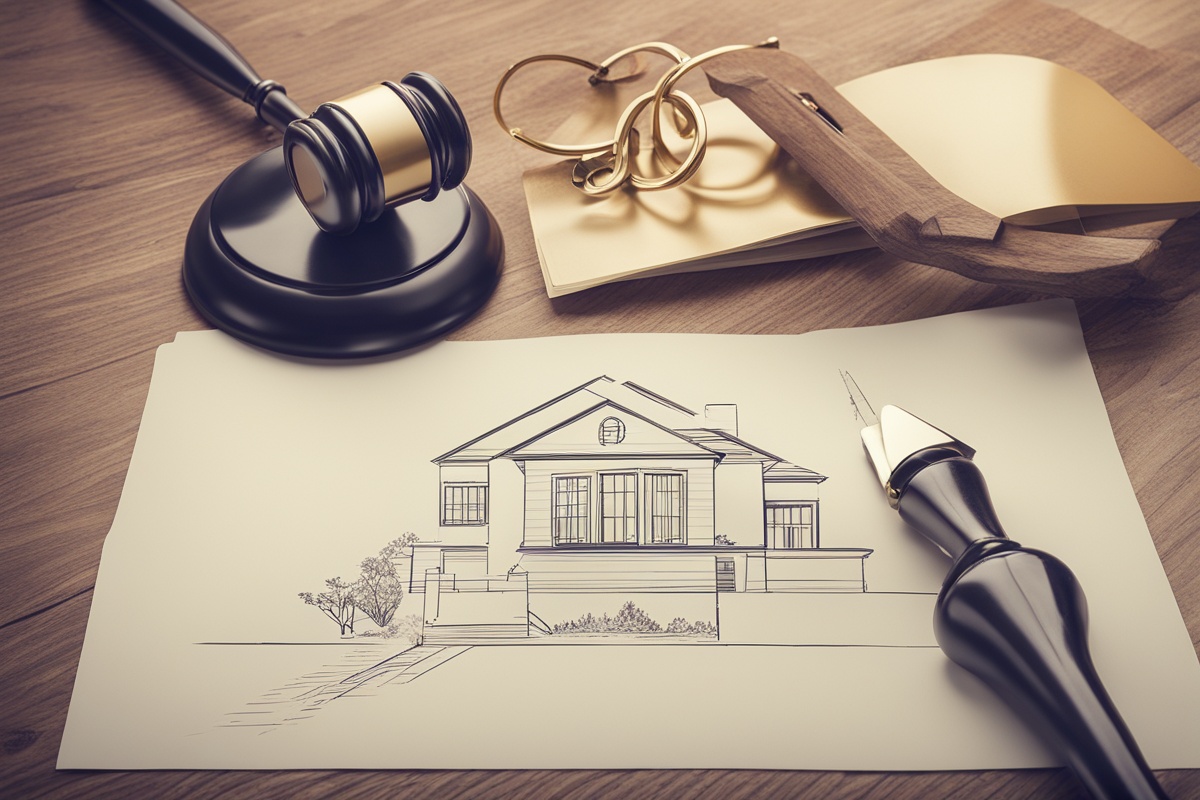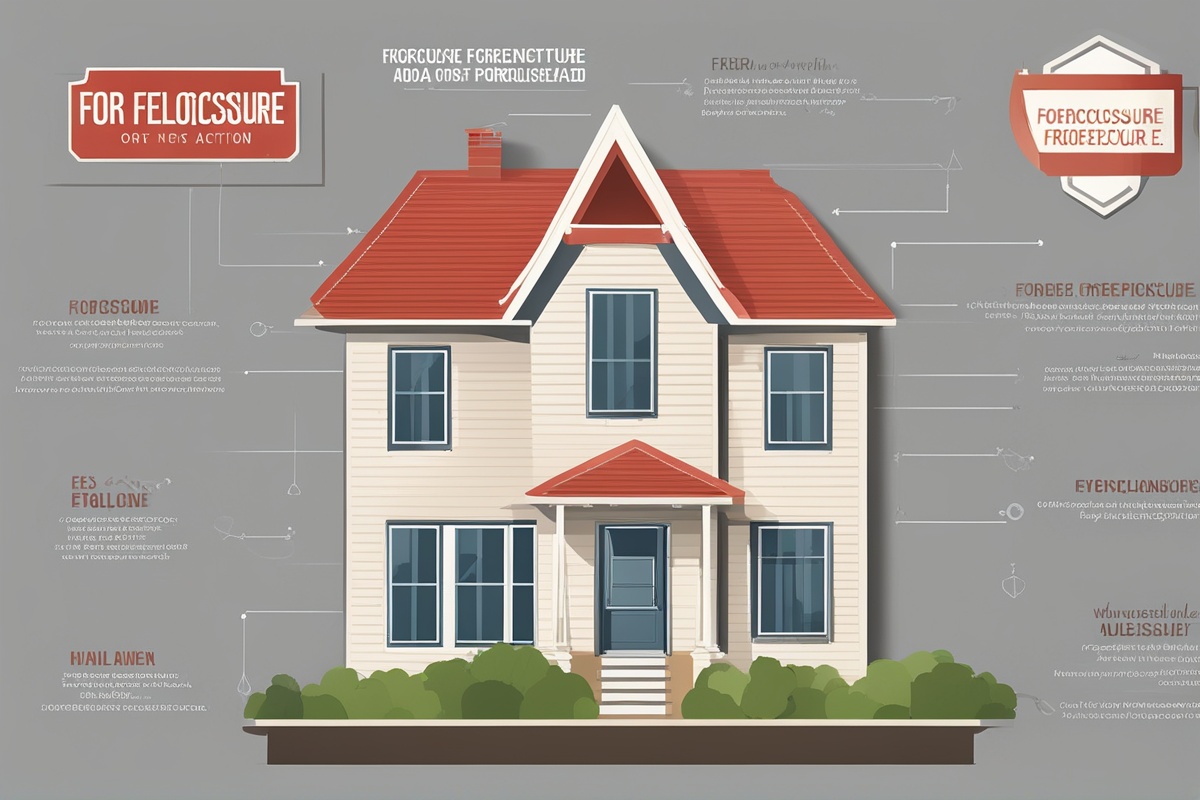Home repossession is a daunting term for any homeowner, often associated with financial distress and the potential loss of one’s property. For many, the concept of home repossession can feel overwhelming due to its legal complexities and emotional toll. This comprehensive guide aims to break down the Understanding Home Repossession Process, providing clarity on what it entails, the steps involved, and the options available to homeowners facing this situation. Whether you’re a homeowner at risk or simply seeking to educate yourself, this article will equip you with the knowledge needed to navigate this challenging process.
What Is Home Repossession?
Home repossession is the legal process by which a lender, such as a bank or mortgage provider, takes back ownership of a property from a borrower who has failed to meet their mortgage repayment obligations. This typically occurs when a homeowner defaults on their loan, meaning they miss several payments, and the lender decides to recover the property to mitigate financial losses. Understanding the home repossession process begins with recognizing that it is often a last resort for lenders, as they generally prefer to work with borrowers to find alternative solutions before initiating repossession.
The process is governed by strict legal guidelines, which vary by country and state, ensuring that both the lender and borrower are protected under the law. Repossession is not an overnight event; it involves multiple stages, notifications, and opportunities for the homeowner to rectify the situation. For a deeper dive into mortgage default scenarios, check out our article on Consequences of Mortgage Default.
Stages of the Home Repossession Process
The home repossession process follows a structured timeline, with each stage offering opportunities for intervention. Understanding these stages is critical to navigating the process effectively. Below is an overview of the typical steps involved:
- Missed Payments and Initial Contact: The process often begins when a homeowner misses one or more mortgage payments. Lenders typically reach out via letters or phone calls to remind the borrower of their obligations and inquire about the delay.
- Notice of Default: If payments remain unpaid, the lender may issue a formal Notice of Default, signaling the borrower’s failure to meet the terms of the mortgage agreement. This notice often includes a deadline to settle the outstanding amount.
- Pre-Foreclosure Period: During this stage, homeowners may have the chance to negotiate with the lender for alternatives like loan modification or a repayment plan. This period varies by jurisdiction but is a critical window to act.
- Legal Action and Repossession: If no resolution is reached, the lender may file a lawsuit or initiate repossession proceedings, depending on local laws. This could result in the property being sold at auction to recover the debt.
For more information on pre-foreclosure options, refer to our guide on Solutions During Pre-Foreclosure.
Legal Rights and Protections for Homeowners
Understanding the home repossession process also means knowing your legal rights as a homeowner. Many jurisdictions have laws in place to protect borrowers from unfair practices by lenders. For instance, lenders are often required to provide clear communication, reasonable notice periods, and opportunities for mediation before repossession can occur. In the United States, federal laws like the Dodd-Frank Act and state-specific regulations outline these protections.
Homeowners may also have the right to redeem their property by paying the full outstanding balance, including fees, before a certain deadline (known as the right of redemption). Consulting a legal professional or housing counselor can provide clarity on your specific rights. To learn more about homeowner protections, explore our post on Legal Rights for Homeowners.
Alternatives to Home Repossession
Repossession is not inevitable, even if you’re struggling with mortgage payments. Lenders often prefer to avoid the costly and time-consuming process of repossession, which opens the door to several alternatives. Understanding the home repossession process includes knowing these options:
- Loan Modification: This involves renegotiating the terms of your mortgage to make payments more affordable, such as extending the loan term or reducing the interest rate.
- Forbearance Agreement: A temporary pause or reduction in payments, often granted during financial hardship, allowing you to catch up later.
- Short Sale: Selling the property for less than the outstanding mortgage balance, with the lender’s approval, to avoid repossession.
- Deed in Lieu of Foreclosure: Voluntarily transferring ownership of the property to the lender to settle the debt and avoid a formal repossession.
Proactively communicating with your lender is key to exploring these options. For additional strategies, read our article on Tips to Avoid Foreclosure.
Emotional and Financial Impact of Repossession
The home repossession process is not just a legal or financial ordeal; it can also take a significant emotional toll. Losing a home often means uprooting one’s family, disrupting stability, and facing the stigma associated with financial failure. Financially, repossession can severely damage your credit score, making it harder to secure loans or housing in the future. The outstanding debt may not be fully cleared even after the property is sold, leaving you liable for the remaining balance in some cases (known as a deficiency judgment).
Seeking support from financial advisors, counselors, or community resources can help mitigate these impacts. It’s also important to prioritize mental health during this stressful time by reaching out to support networks or professionals. For more on managing financial stress, see our guide on Managing Financial Stress During Hardship.
How to Prepare if Repossession Seems Imminent
If repossession appears unavoidable, preparation can make a significant difference in minimizing long-term damage. Start by organizing all relevant financial documents, including mortgage statements, payment records, and correspondence with your lender. This can help you during negotiations or legal proceedings. Additionally, consider seeking legal advice to understand your options and ensure your rights are protected.
Begin exploring alternative housing arrangements early, whether through renting, staying with family, or government assistance programs. Finally, take steps to protect your credit by addressing other debts and avoiding further defaults. Being proactive can help you regain financial stability sooner rather than later.
Disclaimer: The information provided in this article is for general informational purposes only and does not constitute legal, financial, or professional advice. The home repossession process varies by jurisdiction, and laws are subject to change. We strongly recommend consulting with a qualified attorney, financial advisor, or housing counselor to address your specific situation. The content of this article should not be relied upon as a substitute for professional guidance.
References
- Consumer Financial Protection Bureau – What is Foreclosure?
- U.S. Department of Housing and Urban Development – Avoiding Foreclosure
- Nolo – Understanding the Foreclosure Process
- Federal Reserve – Foreclosure Resources
- Federal Trade Commission – Mortgage and Foreclosure Information
This content is for informational purposes only and not a substitute for professional advice.





